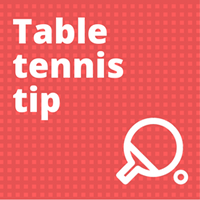Review: Table Tennis University
If you haven’t already heard, Table Tennis University is back! The relaunched website has several online table tennis courses, covering topics such as service, forehand loop, backhand loop, footwork and a flagship ‘university’ course which covers pretty much every aspect of table tennis you can think of. The big question is, are these courses any good? Can online table tennis lessons help you improve? Is it worth spending money on an online table tennis course, or should you just find a coach to teach you? Here’s my views… Keep reading

